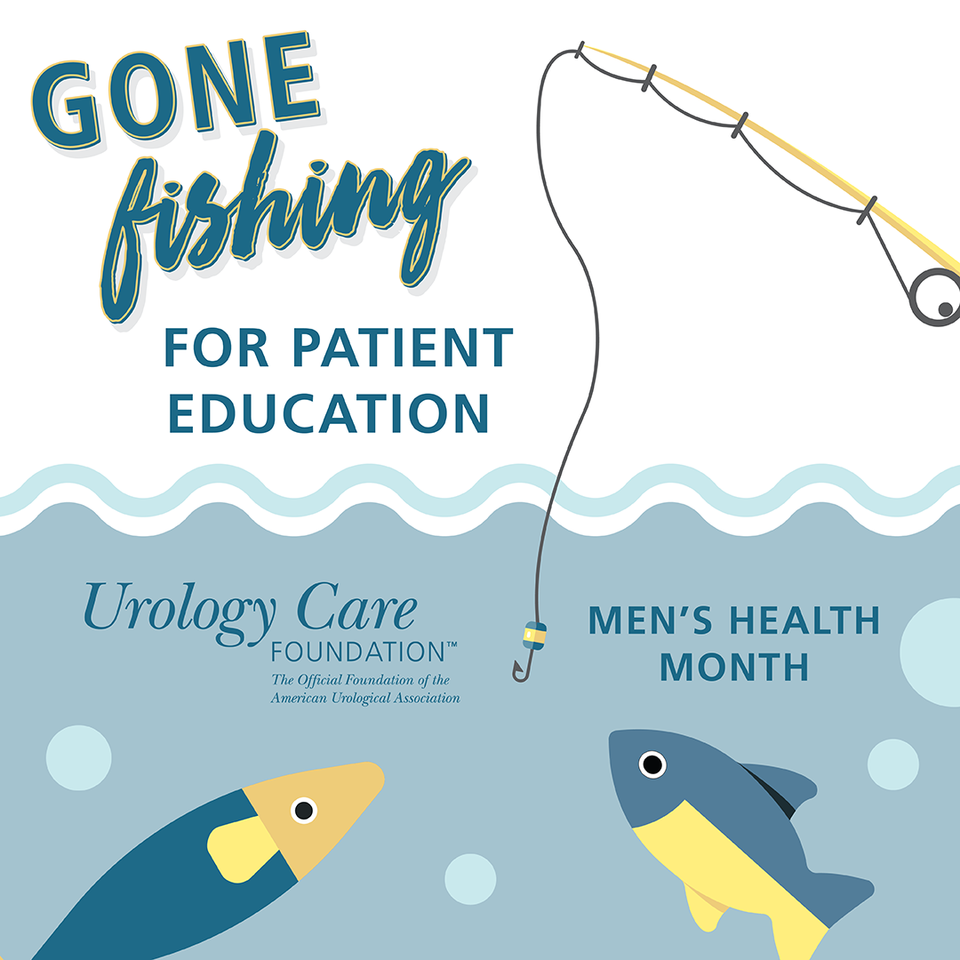Calendar of Events
June ‑ August 2020
June
Men’s Health Month
Let the Urology Care Foundation be your resource to learn more about maintaining your urologic health. Visit the Men’s Health Info Center on our website!

Organ Prolapse Awareness Month
Get reliable information on Pelvic Organ Prolapse from the Urology Care Foundation.
7
National Cancer Survivors Day
It is estimated there are more than 16.9 million cancer survivors in the United States. National Cancer Survivors Day is a celebration for all people who have beat the disease.
13
Family Health
& Fitness Day
Get healthy recipes, exercises and tips for living healthy on
UrologyHealth.org/living-healthy
20
First Day of Summer


21
Father’s Day
July
The month of July marks the beginning of Residency Programs!
Congratulations to the more than 350 med students who will start their journey into urology! #UroRes #FutureofUrology

Urology Care Foundation Celebrates its 45th Anniversary
Our mission is to improve patients’ lives through education and research. We can’t achieve our mission without the support of people like you. Help us continue our mission: UrologyHealth.org/Donate

4
Fourth
of July
August
21
National Senior
Citizens Day
UrologyHealth.org | SUMMER 2020 | UROLOGYHEALTH extra